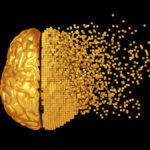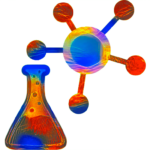Knowledge Graphs power scientific research and business use cases. The Year of the Graph Newsletter Vol. 19, April / March 2020
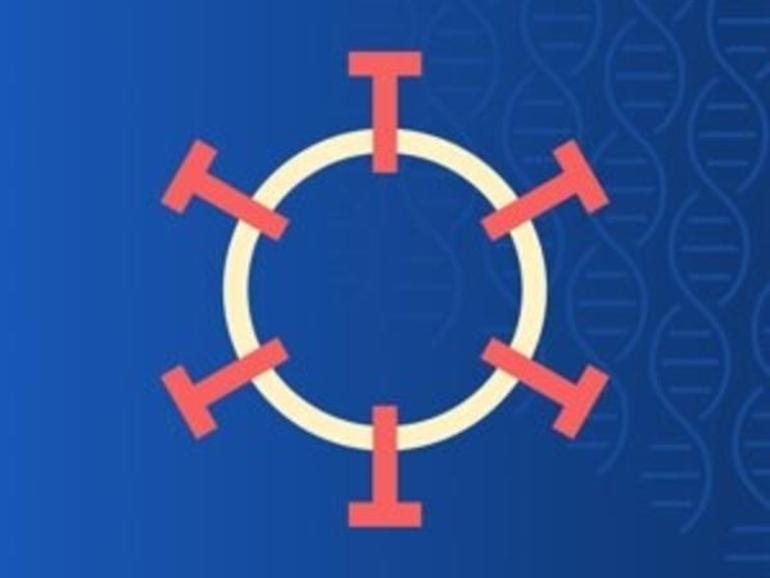
Is there life after COVID-19? Of course there is, even though it may be quite different, and it may be hard to get there. But there’s one thing in common in the “before” and “after” pictures: science and technology as the cornerstones of modern society, for better or worse.
We have argued before that Knowledge Graph is a technology that enables other technologies to accelerate their growth, and it also enables humans to take stock of their own knowledge. This is why the future is Knowledge Graph.
Today’s most pressing issue seems to be dealing with the COVID-19 pandemic. Science is taking on that task, too, and technology is there to facilitate it. Knowledge Graphs facilitate scientific research and business decision making, as they have been doing, and will continue to do.
Producing results to fight against the SARS-CoV-2 (coronavirus) is one of the most pressing issues today, bringing the entire scientific community together. Addressing issues related to scientific research can help produce results under pressure.
Here is how prominent researchers Alexander Jarasch and Sören Auer use the state of the art in analytics and AI, graphs analytics and knowledge graphs, to facilitate scientific research for the COVID-19 pandemic. For an in-depth live discussion, join us in this Connected Data London online Meetup on April the 22nd.

Graph analytics and knowledge graphs facilitate scientific research for COVID-19
State of the art in analytics and AI can help address some of the most pressing issues in scientific research. Here is how top scientists are using them to facilitate coronavirus research.
There is a wide range of datasets and applications released lately centered around the coronavirus. Aaron Bradley has collected a good part of those in a Twitter thread. Add to those a couple of startup initiatives, from Tellic and Kahun

Work being undertaken by the linked data/semantic web/knowledge graph world on COVID-19
Without much in way of annotation, here’s a thread enumerating work being undertaken by the knowledge graph world on COVID-19 I’ve spotted over the past couple of days
Life goes on, however. Research and development, product releases, and new features never stop. Case in point – we’ve seen a few significant updates from graph database vendors in the last couple of months.
Graph databases and analytics are getting ever more accessible and relevant, and vendors seem to be going through a virtuous circle of innovation. DataStax has unified graph with native Cassandra data model in DSE 6.8, TigerGraph 3.0 brings no code data migration and visual querying, and Neo4j has released a BI connector and Neo4j for Graph Data Science.
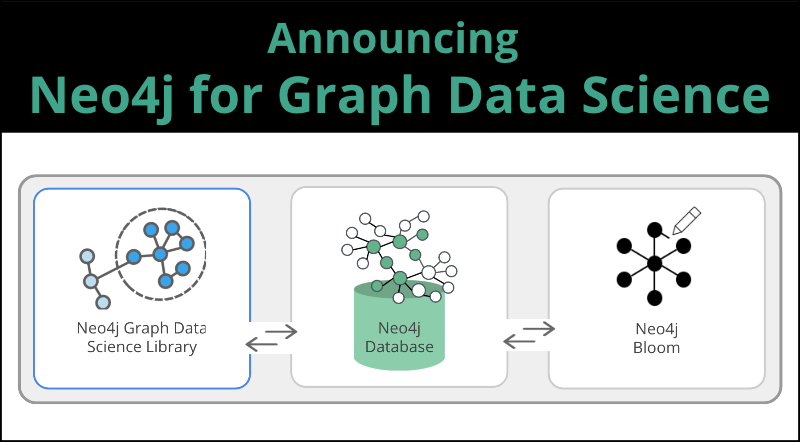
Announcing Neo4j for Graph Data Science
With Neo4j for Graph Data Science, data scientists are empowered to operationalize graph analytics and machine learning models to infer behavior from connected data.
Even though the Graph technology landscape is shifting rapidly all the time, it’s good to get a snapshot every once in a while. This is Janos Szendi-Varga’s 2020 update of his Graph technology landscape overview.
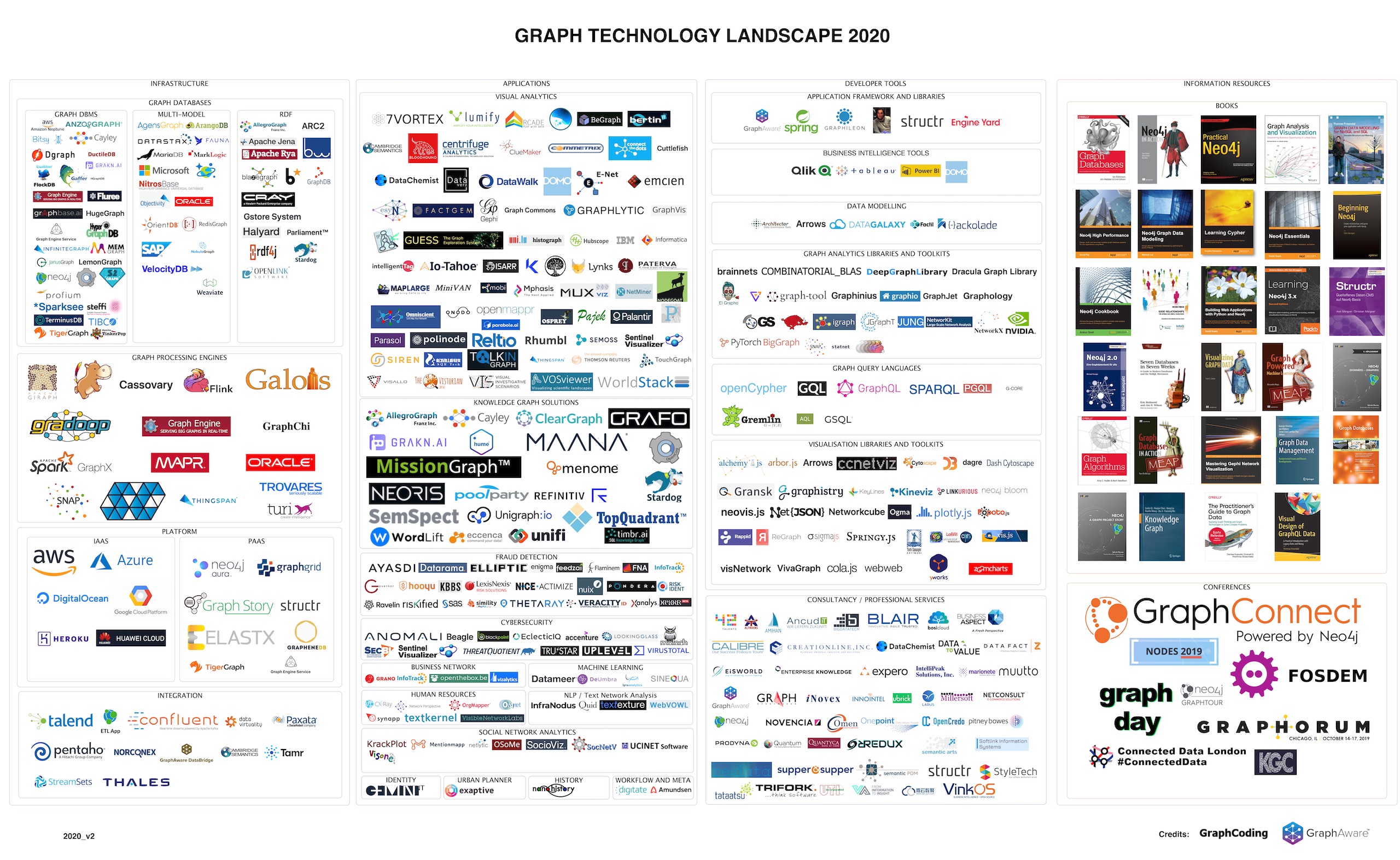
Graph Technology Landscape 2020
Here it is, the new landscape, and I have a few thoughts about what happened in the last year, and what changes were introduced into the picture. Enjoy!
Another hot topic we’ve been keeping an eye on is graph machine learning. A wealth of relevant information is out there. From an introduction to deep learning for graphs and where it may be heading, to a roundup of knowledge graphs interwoven with AI in AAAI 2020. From making graph machine learning scalable, to an outlook of AI, Machine Learning and the Future of Graphs.

Top Trends of Graph Machine Learning in 2020
Top Trends of Graph Machine Learning in 2020: More solid theoretical understanding of Graph Neural Networks; New cool GNN applications; Knowledge Graphs become more popular; New graph embedding frameworks
How about some real world knowledge graph use cases? Joshua Fruhlinger built a knowledge graph of knowledge graphs, so to speak. Plus, Walmart’s knowledge graph.

This map shows how the most innovative companies are using knowledge graphs
What do eBay, Airbnb, Microsoft, Lending Club, and Comcast have in common? They’re all using knowledge graphs to understand their customers, business decisions, and product lines.
On a different note: here is how to build your own knowledge graph, using your own data as Facebook stores them. And for some more fun distraction, here’s a Kardashian knowledge graph.

Knowledge Graph Metadata: What Facebook really knows about you?
Big Tech invested millions in creating knowledge graphs to power search engines, understand context of a query, meaning, user intent. Here’s how to flip the script.
As knowledge graphs are attracting attention beyond their historical user base, educational resources are in high demand. Teodora Petkova has written a guide for people getting started in this domain.

Crafting a Knowledge Graph: The Semantic Data Modeling Way
Knowledge graphs – it’s what all businesses now are on the lookout for. But what exactly is a knowledge graph and, more importantly, how do you get one?
If you’d rather attend an online class, Stanford has got you covered. A series of lectures is on offer, featuring top knowledge graph experts. It’s online, it’s free, and it’s recorded, too.

CS 520 – Knowledge Graphs
How should AI explicitly represent knowledge? Knowledge graphs have started to play a central role in machine learning and NLP as a method to incorporate knowledge, a target knowledge representation for extracted knowledge & #XAI
If you’re more of a textbook kind of person, then this book by C. Maria Keet may be your thing.

Version 1.5 of the textbook on ontology engineering is available now
“Extended and Improved!” could some advertisement say of the new v1.5 of “An introduction to ontology engineering” that I made available online today.
For the more hands-on group, here is how to use Wikipedia to build a knowledge graph, and automate the process as much as possible.

Auto-Generated Knowledge Graphs
Utilize an ensemble of web scraping bots, computational linguistics, natural language processing algorithms and graph theory.
Wrapping up the knowledge graph educational section for the academically inclined. This publication has as many authors as it has angles. In its 130 pages it covers everything from history to future research directions for knowledge graphs. A propos, there is another deep dive in the history of knowledge graphs.

Knowledge Graphs
A comprehensive introduction to knowledge graphs, which have recently garnered significant attention from both industry and academia in scenarios that require exploiting diverse, dynamic, large-scale collections of data.
What about lowering the barrier to entry for software engineers? That seems to be the rationale behind accessing knowledge graphs via GraphQL, and it makes sense. Given GraphQL’s popularity, it’s not surprising that many people have had a go at this.
From 15 minute hands-on tutorials to long reads on the roots of GraphQL and the synergies with graph databases, and everything in between.

GraphQL and Graph Databases
A discussion on the synergies between GraphQL and Graph Databases, data architecture and how ontology models provide the special ingredients.
Speaking of software development: a couple of new open source frameworks have been added to a growing list. Zazuko has published a tutorial on getting started with RDF & JavaScript using open source libraries, and AtomGraph has released what it dubs “the WordPress of graph data”.
Finally, a Knowledge Graph Management System
As the industry is building and researching Knowledge Graphs now more than ever, we are excited to introduce you to LinkedDataHub – AtomGraph’s open-source Knowledge Graph management system.
Wrapping up with a roundup of research coming from the likes of Salesforce and Stanford, plus open source graph embeddings: RDF2Vec for Python, and as a Web API.
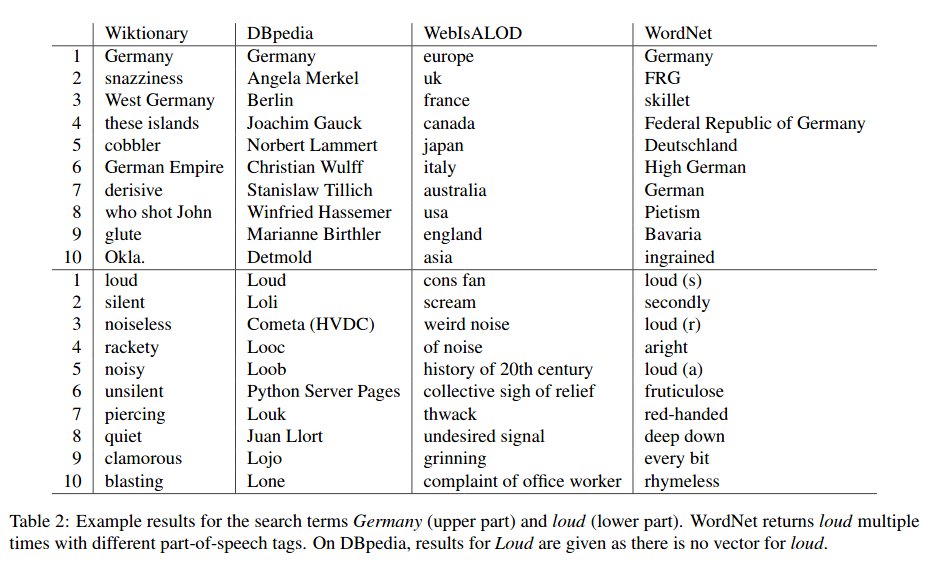
KGvec2go
KGvec2go is a semantic resource consisting of RDF2Vec knowledge graph embeddings trained currently on 4 different knowledge graphs.
